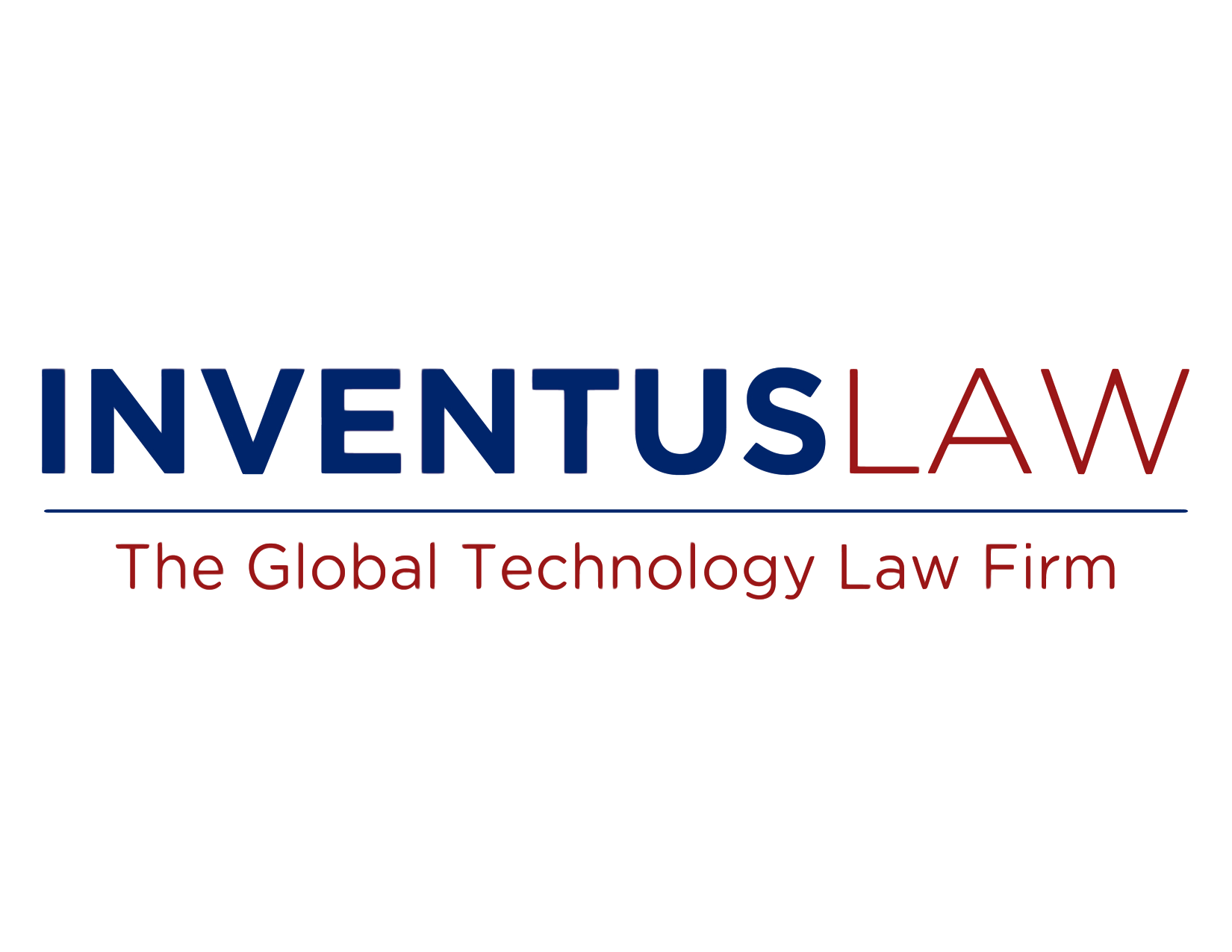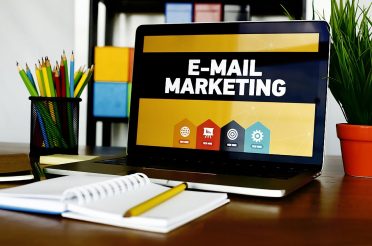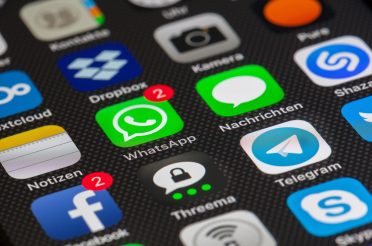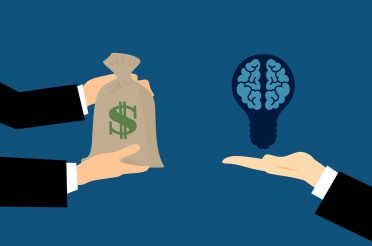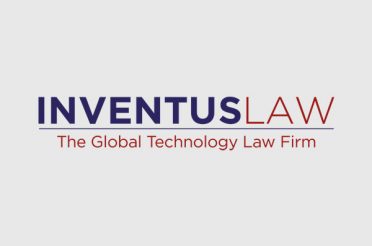355 Bryant Street, Suite 403 | San Francisco, CA 94107 | Phone: 650.843.0988 | Fax: 650.618.0488
Author: Linnea E. Vail
Question Presented
To what extent can copyright law protect artificial intelligence and machine learning (“AI/ML”) platforms?
Discussion
- Copyright Law Generally
A copyright is a form of protection grounded in the U.S. Constitution and granted by law for original works of authorship fixed in a tangible medium of expression[1]. Copyright covers both published and unpublished works[2]. It protects original works of authorship including literary, dramatic, musical, and artistic works, such as poetry, novels, movies, songs, computer software, and architecture[3]. Copyright can protect how ideas are expressed (including protecting how information is organized and structured in a body of work, or how information is conveyed in software code)[4]. Copyright owners enjoy many exclusive rights to their work, including the right to reproduce, distribute, perform, and display their work[5].
A work is under copyright protection the moment it is created and fixed in a tangible form that it is perceptible either directly or with the aid of a machine or device[6]. However, many choose to register their works because they wish to have the facts of their copyright on the public record and have a certificate of registration[7]. Registered works may be eligible for statutory damages and attorney’s fees in successful litigation[8]. The Copyright Act requires registration with the U.S. Copyright Office to enforce a copyright against others[9]. If registration occurs within five years of publication, it is considered prima facie evidence in a court of law[10].
2. Copyright Protections for Software
Copyright law affords protection for many components of an AI/ML platform, from the software itself to data used within the platform[11]. A copyright on source code can prevent others from reproducing the source code verbatim, restricting a third party’s ability to use or distribute the code to others, reproducing the source code in a different computer language, and reproducing features of the source code (such as structure or non-functional features of the source code)[12].
It is important to note that copyright law is not always an option for software owners. For example, in Google LLC v. Oracle America, Inc., Google prevailed in arguing that its use of portions of Oracle’s Java SE API did not constitute copyright infringement[13]. The Court held, “Google’s copying of the API to reimplement a user interface, taking only what was needed to allow users to put their accrued talents to work in a new and transformative program, constituted a fair use of that material as a matter of law[14].” Not only did the Court consider the fair use argument, but the Court also evaluated the public harm that could result in finding for Oracle. The Court stated, “to allow enforcement of Oracle’s copyright here would risk harm to the public. Given the costs and difficulties of producing alternative APIs with similar appeal to programmers, allowing enforcement here would make of the Sun Java API’s declaring code a lock limiting the future creativity of new programs. Oracle alone would hold the key[15].” Though this would be highly profitable to Oracle, the Court reasoned that “those profits could well flow from creative improvements, new applications, and new uses developed by users who have learned to work with that interface[16].”
The public good argument is a compelling one for copyright usage in AI/ML platforms. AI/ML platforms enable the improvement of machine learning processes, which further increases workflow functionality. Additionally, a significant percentage of AI/ML platforms are built using open-source software libraries, meaning developers can freely use the code without purchasing a license from a software owner. Courts may be reticent to grant copyright protection on AI/ML platforms for this reason, and the Google case indicates a trend toward this conclusion.
If an AI/ML platform owner has plans to frequently update or change implementations of the same platform and processes, then patent or trade secret protection can be preferable over copyright protection, as copyright protection may not always afford broad enough protection to include modifications to the platform[17]. If, however, a company has no plans to make any substantive changes to its platform, then copyright protection can be a more cost-effective way to protect aspects of the platform[18]. This is one of the limitations of copyright, in that it only protects the applicable work when created, without modifications.
Because AI/ML platforms are inherently evolving, it could ostensibly be challenging for companies to seek copyright protection over the underlying source code. Machine learning platforms are intended to adapt based on the information it is provided. Machine learning platforms fall into one of two categories — cloud and on-premises. Most machine learning platforms operate in the cloud, allowing for flexible resource use and making on-site infrastructure unnecessary[19]. Some machine learning platforms are housed on-premises, either at the business site or another location[20]. As a result, these platforms can be customizable, and may not be copyrightable.
Conclusion
As AI/ML platforms continue to proliferate and innovate and organizations seek to prevent direct or indirect usage of their software, copyright law could be a cost-effective avenue that protects underlying software and lowers the risk of third party infringement. However, it is important to assess the potential gaps in protection that copyright law cannot and does not cover. It is imperative that companies review all prospective options for IP protection.
If you have any questions about this memo, please contact Christopher L. Rasmussen, Managing Partner, Inventus Law, PC., at chris@inventuslaw.com or 408-482-3216, or Linnea Vail, Commercial Associate, Inventus Law, PC., at linnea@inventuslaw.com or 650-338-9391.
Disclaimer: The information on this page is being provided for information purposes only and is drafted entirely on the basis of public resources. Information contained on or made available herein is not intended to and does not constitute legal advice, recommendations, mediation or counseling under any circumstance. This information and your use thereof do not create an attorney-client relationship. You should not act or rely on any information provided herein without seeking the advice of a competent attorney licensed to practice in your jurisdiction for your particular business.
[1] See https://www.copyright.gov/help/faq/faq-general.html#:~:text=What%20does%20copyright%20protect%3F,%2C%20computer%20software%2C%20and%20architecture.
[2] Id.
[3] Id.
[4] See https://www.natlawreview.com/article/benefits-using-copyrights-to-protect-artificial-intelligence-and-machine-learning
[5] Id.
[6] See https://www.copyright.gov/help/faq/faq-general.html#:~:text=What%20does%20copyright%20protect%3F,%2C%20computer%20software%2C%20and%20architecture.
[7] Id.
[8] Id.
[9] See 17 U.S.C. §§ 411(a), 501(b).
[10] See https://www.copyright.gov/help/faq/faq-general.html#:~:text=What%20does%20copyright%20protect%3F,%2C%20computer%20software%2C%20and%20architecture.
[11] See https://www.natlawreview.com/article/benefits-using-copyrights-to-protect-artificial-intelligence-and-machine-learning
[12] Id.
[13] Id., see also 18-956 Google LLC v. Oracle America, Inc. (04/05/2021)
[14] Google LLC at 4.
[15] Google LLC at 34.
[16] Google LLC at 34.
[17] See https://www.natlawreview.com/article/benefits-using-copyrights-to-protect-artificial-intelligence-and-machine-learning
[18] See https://www.natlawreview.com/article/benefits-using-copyrights-to-protect-artificial-intelligence-and-machine-learning
[19] See https://www.snowflake.com/guides/machine-learning-platforms
[20] Id.
